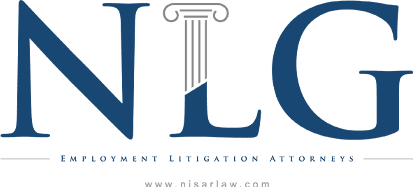Business deals can go bad for several reasons, many of which do not lead to litigation. But there are instances where one party believes it is the victim of fraud or fraudulent concealment, and in such cases it may opt to bringcivil litigation. Under New York law, a person must establish five elements by “clear and convincing evidence” to prove a claim of fraud:
-
There is a material misrepresentation or omission of fact
-
The misrepresentation is made by the defendant with knowledge of its falsity
-
The defendant had intent to defraud;
-
The plaintiff “reasonably relied” on the defendant's misrepresentation; and
-
Such reliance resulted in damage to the plaintiff.
Closed Gallery, Former Manager Face Fraud Trial Over Forged Paintings
Ahigh-profile case set for trial next year in a Manhattan federal courtroom illustrates how the law governing fraud operates. The case involves a massive art forgery scandal which resulted in the 2011 closure of one of New York City's oldest galleries. During a 14-year period, the former M. Knoedler & Co. sold 32 paintings acquired from a Long Island art dealer who claimed they were authentic works by “well-known Abstract Expressionist artists, such as Mark Rothko, Willem de Kooning, and Jackson Pollock.” The dealer later admitted the paintings were forgeries created for him by “an individual residing in Queens.”
Several customers filed lawsuits against the now-closed Knoedler gallery and its former director, alleging they knew (or should have known) the paintings were forgeries. In one case, a couple purchased a purported de Kooning painting for $8.3 million. It turned out to be one of the forgeries.
In September, a federal judge in Manhattandenied the defendants' motion to dismiss the complaints against them. Without ruling on the merits of the case—as that will be decided by a jury—the judge found the “Plaintiffs have offered ample circumstantial evidence demonstrating that [the former Knoedler director] acted with fraudulent intent and understood that the [forged] Paintings were not authentic.” Among other things, the court cited evidence the forgery dealer refused to “share any meaningful information about the purported source of the paintings, and her unwillingness to sign a statement representing that the paintings were authentic.” From this and other evidence, the judge said a jury could conclude the defendants knew the paintings were forgeries and decided to sell them to unsuspecting customers anyway.
To that end, the judge also rejected the defendant's argument the plaintiffs were “sophisticated art collectors” who should have performed due diligence before spending millions of dollars on a painting. In other words, the plaintiffs could not establish “justifiable reliance” on the defendants' misstatements, a critical element in proving fraud. And while a jury may ultimately agree with that view, the judge said “this Court cannot conclude—as a matter of law—that Plaintiffs' alleged sophistication and experience rendered them unreasonable in relying on [the defendants'] representations concerning the paintings.” Accordingly, the judge set the case for trial next January.
Need Help With a Business Problem?
While most of us will not end up spending millions of dollars on forged paintings, we all faces cases where a business relationship breaks down and the other party may be to blame. In such circumstances you should always work with an experienced New York business attorney who will fight for your interests. Contact the offices of Waldhauser & Nisar, LLP, if you need to speak with an attorney today.
